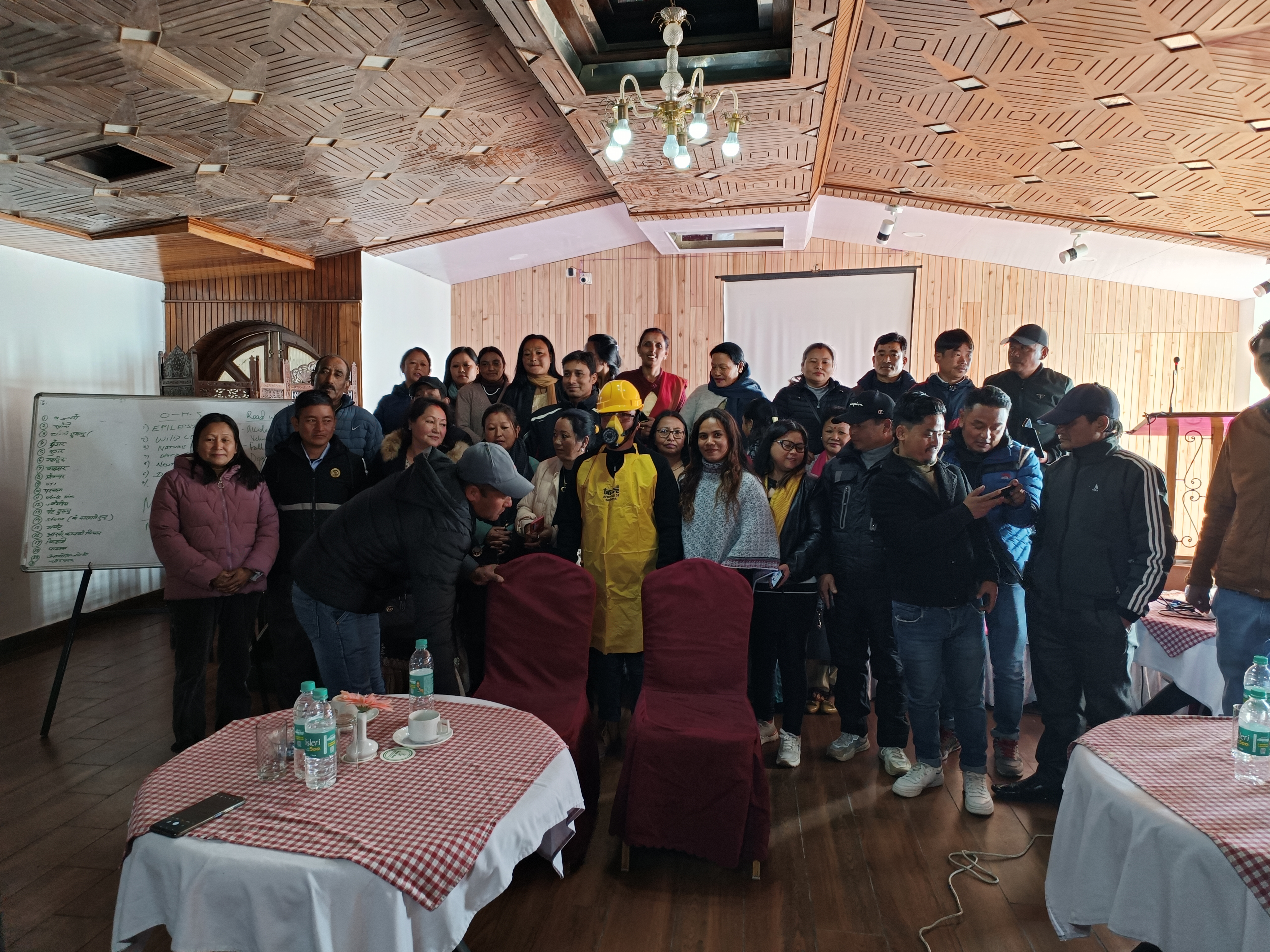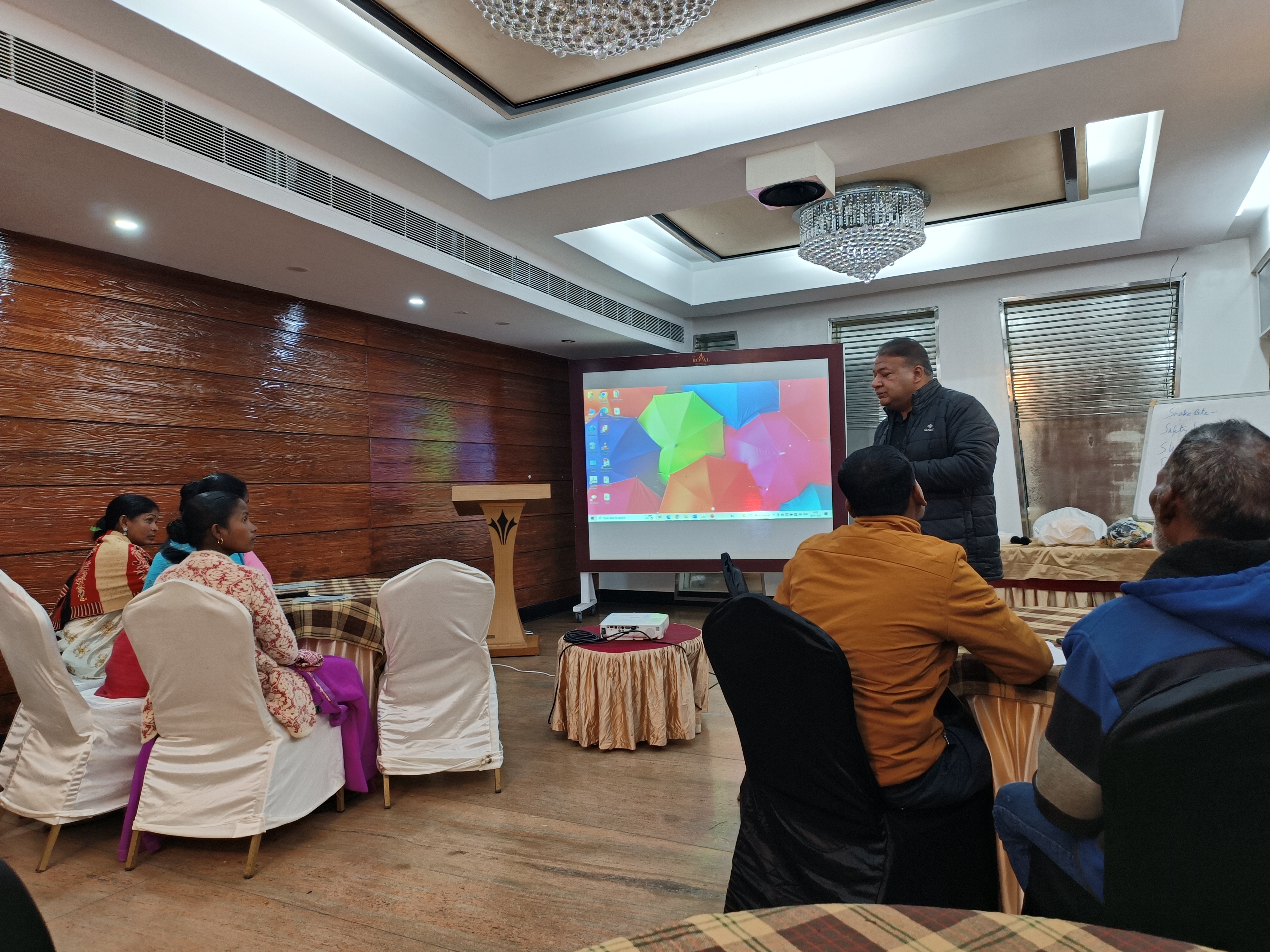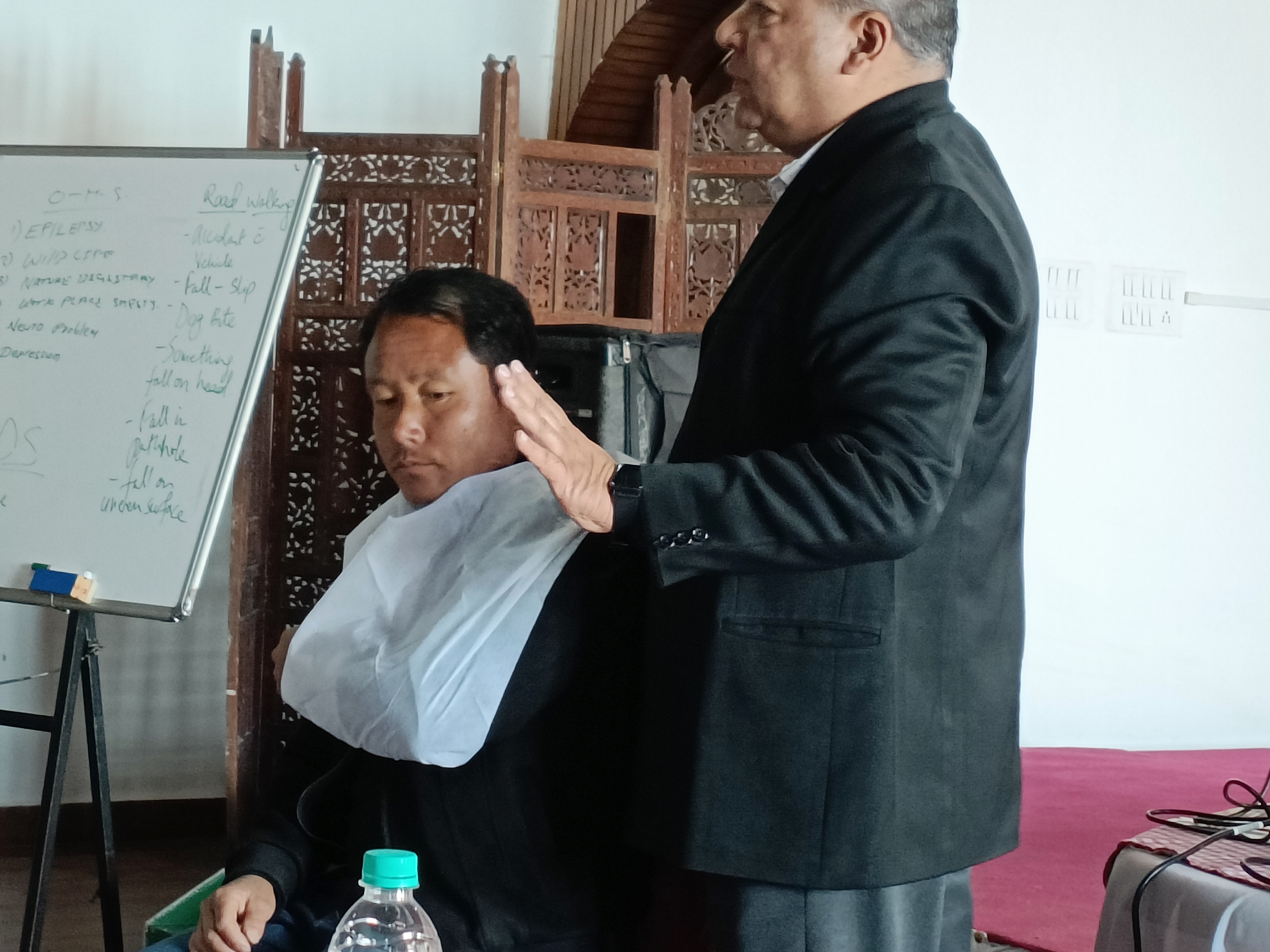
Occupational health and safety training are important tools for educating and creating awareness among workers and managers about workplace hazards and precautionary measures they can take to work more safely and be more productive and efficient.
A need assessment of tea estates and factories was conducted by Fairtrade NAPP with CEO’s and Directors of tea companies in Assam and West Bengal. Based on the inputs, and from the literature review of OHS concerns in tea estates and tea factories, a training program was customised for the middle management and supervisors with a subsequent plan to make a generic OHS manual for tea estates and tea factories.
The objective of the training was to equip the participants with knowledge and skill to recognise workplace hazards, work-related morbidity/diseases, and their prevention and to help them understand the comprehensive application and approaches for occupational health and safety requirements.

The course included both knowledge-based solutions (understanding of the concept) and skill / application-based sessions.
The main focus of the day 01 training was to make the participants aware of the human body and its interaction with the workplace and external environment, how the disease can happen and be prevented with epidemiological triangle, and hazards at the workplace – physical, chemical, biological, ergonomics, psychosocial and accidental hazards, how to do a walkthrough risk assessment and possible control mechanism with an understanding of the hierarchy of control.
The topics covered included:-
- Need for and importance of OHS
- Understanding the Human body and working environment, Workplace Hazards – Identification and Risk assessment
- Hierarchy of Control and HIRA Exercise.

Day 2 had a focused approach to the identification of various risks enumerated below and different approaches to control these risks and how to build a safety culture in the organization.
- MSDS
- Industrial Hygiene
- Machine/ equipment safety, Electrical Safety
- Fire Safety\
- General housekeeping
- Chemical safety
- Psychosocial hazards
- ental health at workplace
- Alcoholism and absenteeism
- Personal protective equipment, manual material handling
- First Aid
- OHS Laws & regulations
- OHS Management Systems: ISO 45000.
During the 2 days of training, case studies from tea gardens and tea factories were shared with the participants, real videos of accidents such as fire, fall from height, slips, and falls, etc.
Some examples of improvement of OHS from tea gardens and factories and from other workplaces like correcting work posture with simple measures by adjusting the workplace to the worker, reducing the exposure to the workers by improving ventilation, illumination, etc. were shared.
The participants were also shown the multimeter for measuring sound levels, heat, humidity, and illumination for quantitative estimation of these physical hazards. The participants also shared some of the incidences they have heard, known, or witnessed in their professional carrier, mostly of accidents or near misses which were largely preventable.
Discussions on the importance of engineering controls, administrative controls, shift scheduling, mechanization of the work process, participation of workers, and OHS committee in the whole PDCA (Plan, Do, Check, Act) cycle of risk identification, risk assessment, risk mitigation took place with the active participation of the attendees. The whole focus of the training was to impart skills to risk analysis and control strategies for these prevailing risks in their own respective tea gardens and factories and two-way communication between higher management and colleagues and workers.
Post the training the participants are enabled to develop operative procedures, workplace health policies, and management information systems, and effectively plan, conduct, report, and follow up for better implementation of OHS-Management System.




